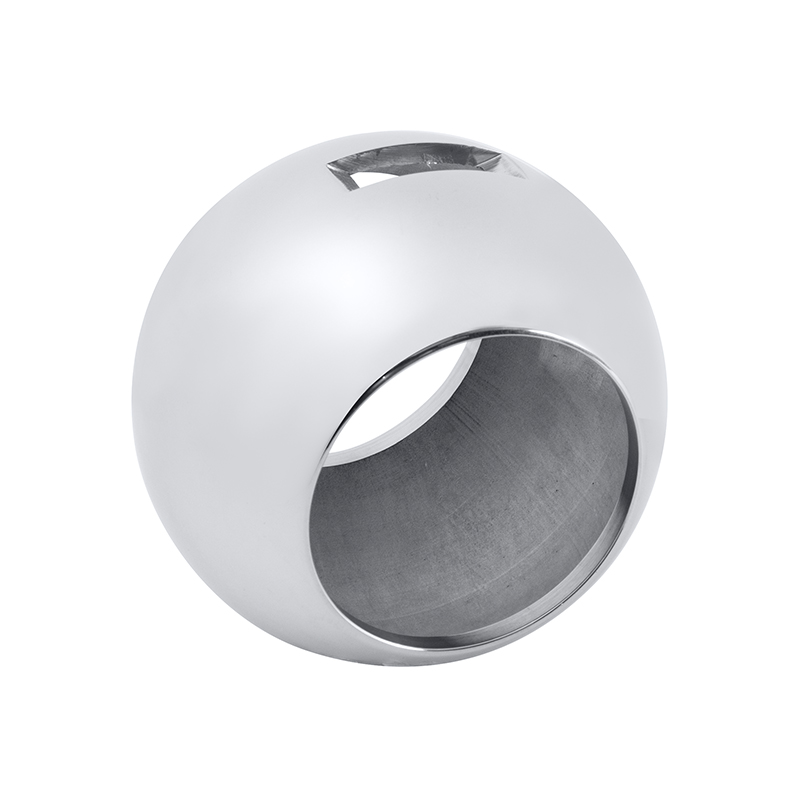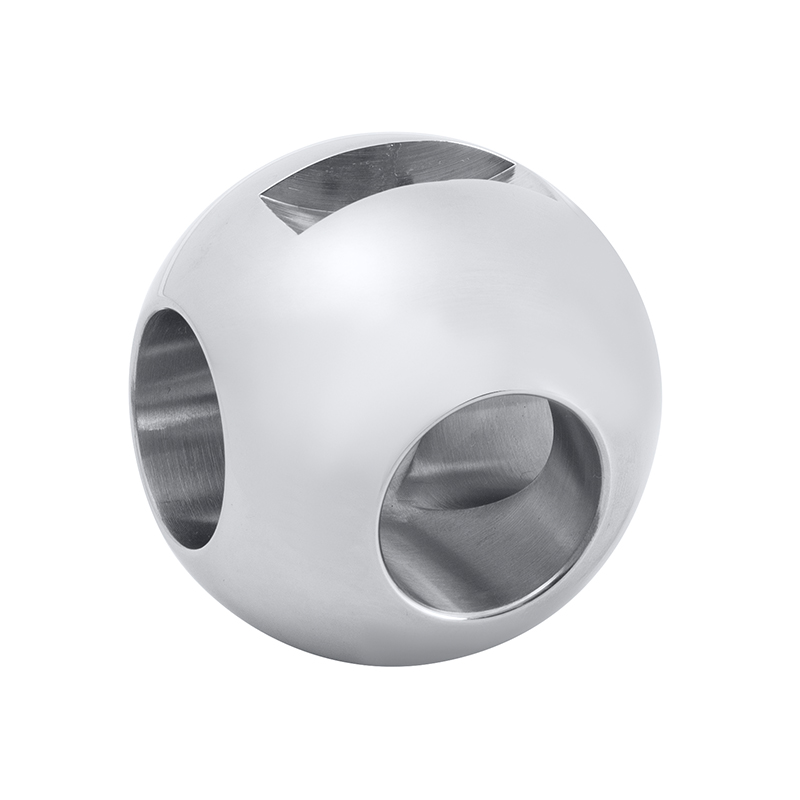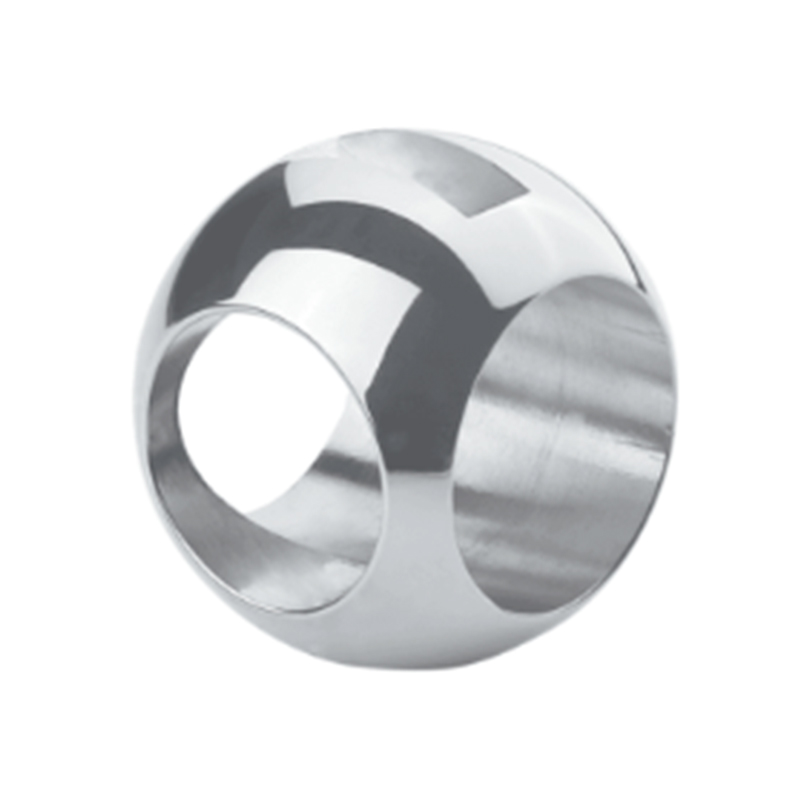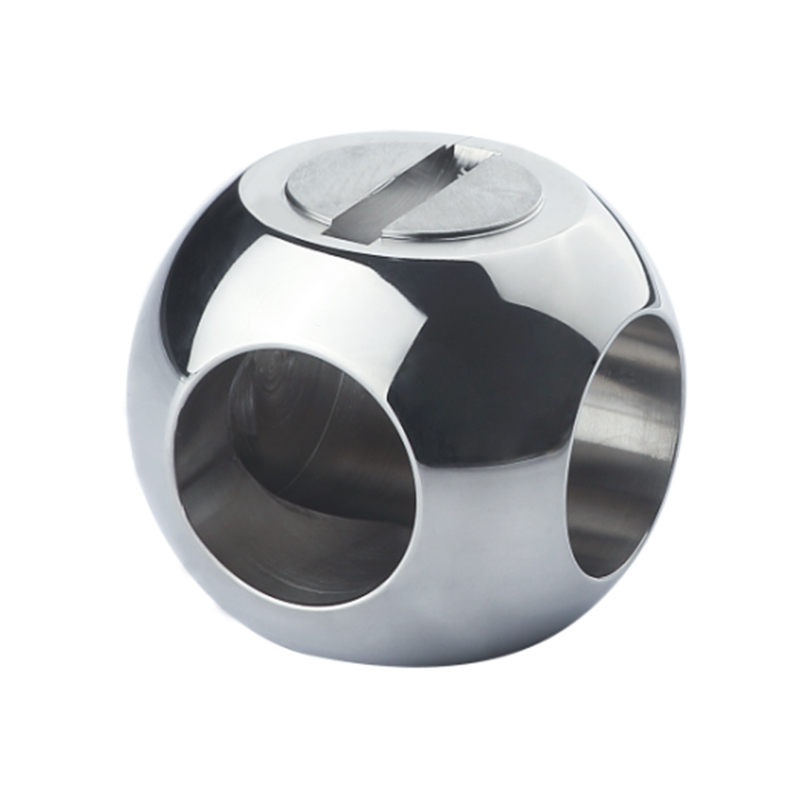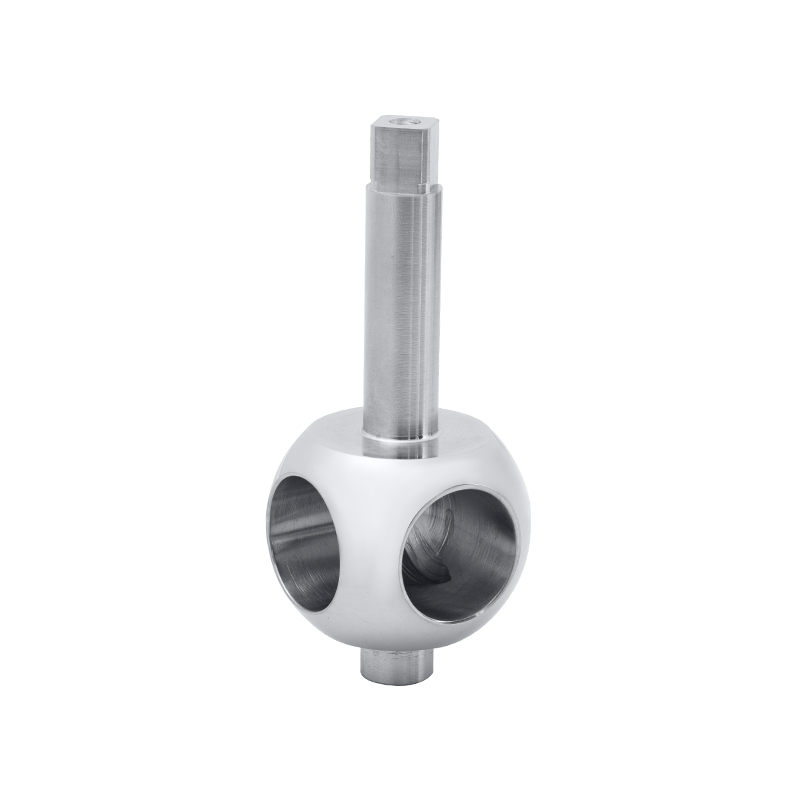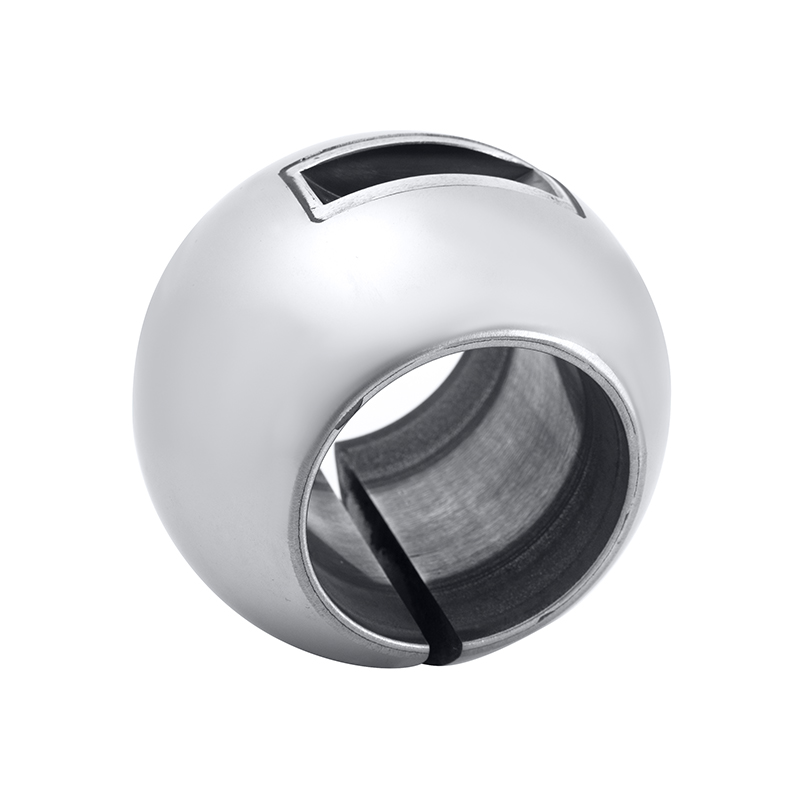In the realm of industrial piping and fluid control systems, the performance of ball valves is critically influenced by the material properties of the valve ball itself. For manufacturers of 3 piece ball valves, understanding these material characteristics is essential to ensure the long-term integrity of valve seals, which directly impacts operational reliability and safety. This article explores how the properties of valve ball materials affect seal integrity, with a focus on floating type ball valves commonly used in various industrial applications.

Overview of 3 Piece Ball Valves and Floating Type Ball Valves
3 piece ball valves are designed with three components: two end caps and a central body that holds the ball and seats. This design facilitates easier maintenance and repair since the central body can be removed without disturbing the piping. These valves are widely used in industries where frequent servicing and cleanliness are important, such as chemical processing, pharmaceuticals, and oil & gas.
Floating type ball valves refer to valves where the ball is not fixed but rather allowed to float slightly downstream due to fluid pressure. This floating ball presses against the downstream seat, creating a tight seal that prevents leakage. The sealing performance in floating ball valves heavily depends on the interaction between the valve ball surface and the seat material.
Material Properties Affecting Valve Ball Performance
Hardness and Wear Resistance
The hardness of the valve ball material is a key factor influencing its wear resistance and ability to maintain a smooth sealing surface over time. Materials with insufficient hardness may suffer from abrasion and surface degradation due to constant contact with the seats and flowing media. This wear advances to uneven surfaces and compromised seal integrity. Common materials used in ball valves include stainless steel variants, carbon steel, and sometimes exotic alloys, each offering varying degrees of hardness.
For 3 piece ball valve manufacturers, selecting a material with a hardness compatible with the seat material helps reduce wear. Harder valve balls can extend the service life of the valve by maintaining a consistent sealing interface, especially in applications with abrasive or particulate-laden fluids.
Corrosion Resistance
Corrosion can severely damage the valve ball surface, pilot to pitting, surface roughness, and eventual seal failure. The choice of valve ball material must account for the chemical nature of the fluid being controlled. For example, stainless steel grades such as 316 or duplex stainless steel are often preferred for their corrosion resistance in aggressive environments.
Floating type ball valves depend on the ball’s ability to maintain contact with the seat under pressure. Corrosion-induced surface irregularities can interrupt this contact, causing leaks. Therefore, material corrosion resistance is critical for preserving valve seal integrity over extended periods.
Surface Finish and Smoothness
The surface finish of the valve ball directly affects how well it seals against the valve seats. A smoother surface finish reduces friction and allows for better conformity with the softer seat materials, typically made from polymers or elastomers. Surface imperfections or roughness caused by manufacturing or operational wear can advance to micro-leaks and compromised sealing performance.
3 piece ball valve manufacturers often specify stringent surface finish requirements and may employ polishing or coating techniques to enhance the ball surface quality. Floating ball valves benefit from such treatments, as the ball must maintain an effective seal even with slight movement under pressure.
Thermal Expansion and Mechanical Properties
The mechanical properties of the valve ball material, including its thermal expansion coefficient, influence how the valve performs under varying temperature conditions. Differential thermal expansion between the valve ball and seat materials can cause gaps or excessive compression, both of which can reduce seal integrity.
In floating type ball valves, where the ball moves slightly to press against the downstream seat, consistent mechanical behavior under temperature changes ensures the seal remains intact. Material choices that balance strength, elasticity, and thermal stability help maintain reliable sealing across temperature ranges.
Implications for 3 Piece Ball Valve Manufacturers
Manufacturers of 3 piece ball valves must consider these material properties during design and production to ensure that the valve meets performance expectations. Selecting valve ball materials that align with the application’s fluid characteristics, pressure, temperature, and maintenance requirements is vital.
Material testing, including hardness measurement, corrosion resistance evaluation, and surface finish inspection, helps ensure the valve ball will perform reliably. Furthermore, matching valve ball materials with seat materials—taking into account their mechanical and chemical compatibility—helps maintain seal integrity, especially for floating-type ball valves, where dynamic sealing is a core feature.
Valve ball material properties significantly influence the seal integrity of ball valves, particularly in 3 piece ball valves and floating type designs. Hardness, corrosion resistance, surface finish, and mechanical behavior under temperature fluctuations are all crucial factors that affect the valve ball’s ability to maintain an effective seal against the seats.
For manufacturers focusing on 3 piece ball valves, an informed material selection process ensures valves can operate reliably with small leakage over their service life. Understanding these material influences helps produce valves capable of meeting the demands of diverse industrial applications, where seal integrity is a critical factor in system performance and safety.

 English
English Español
Español Deutsch
Deutsch
